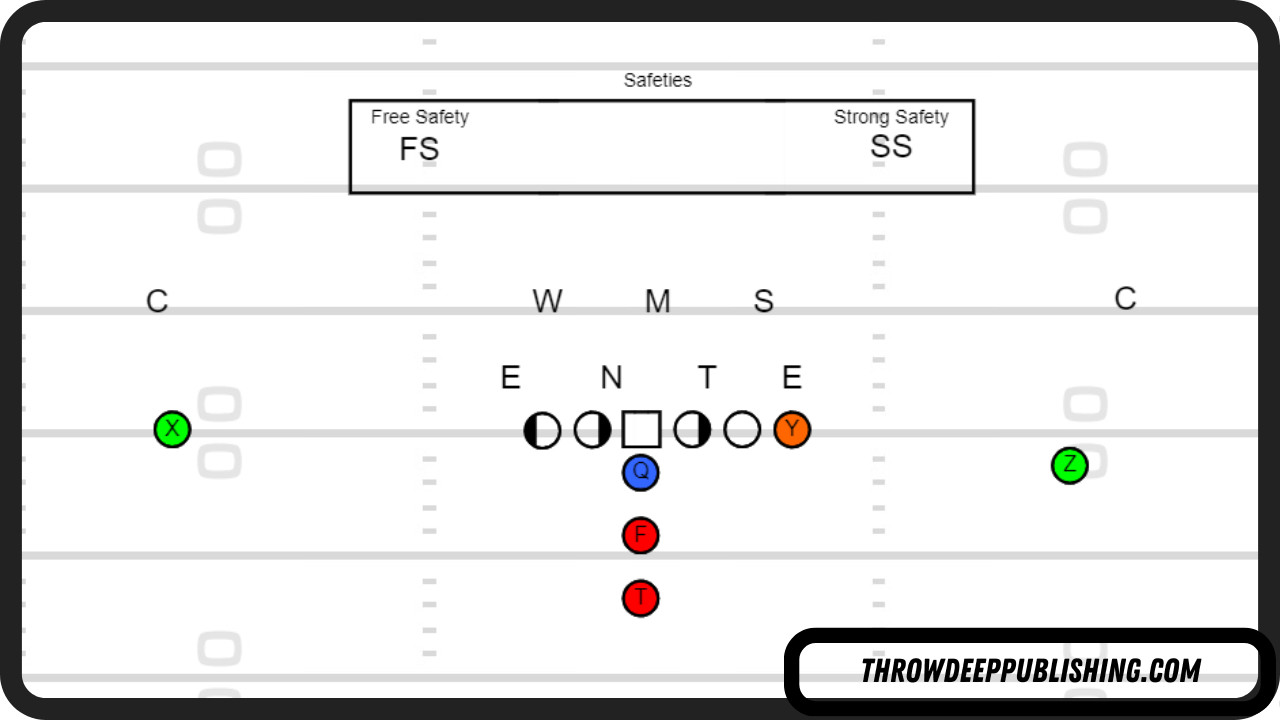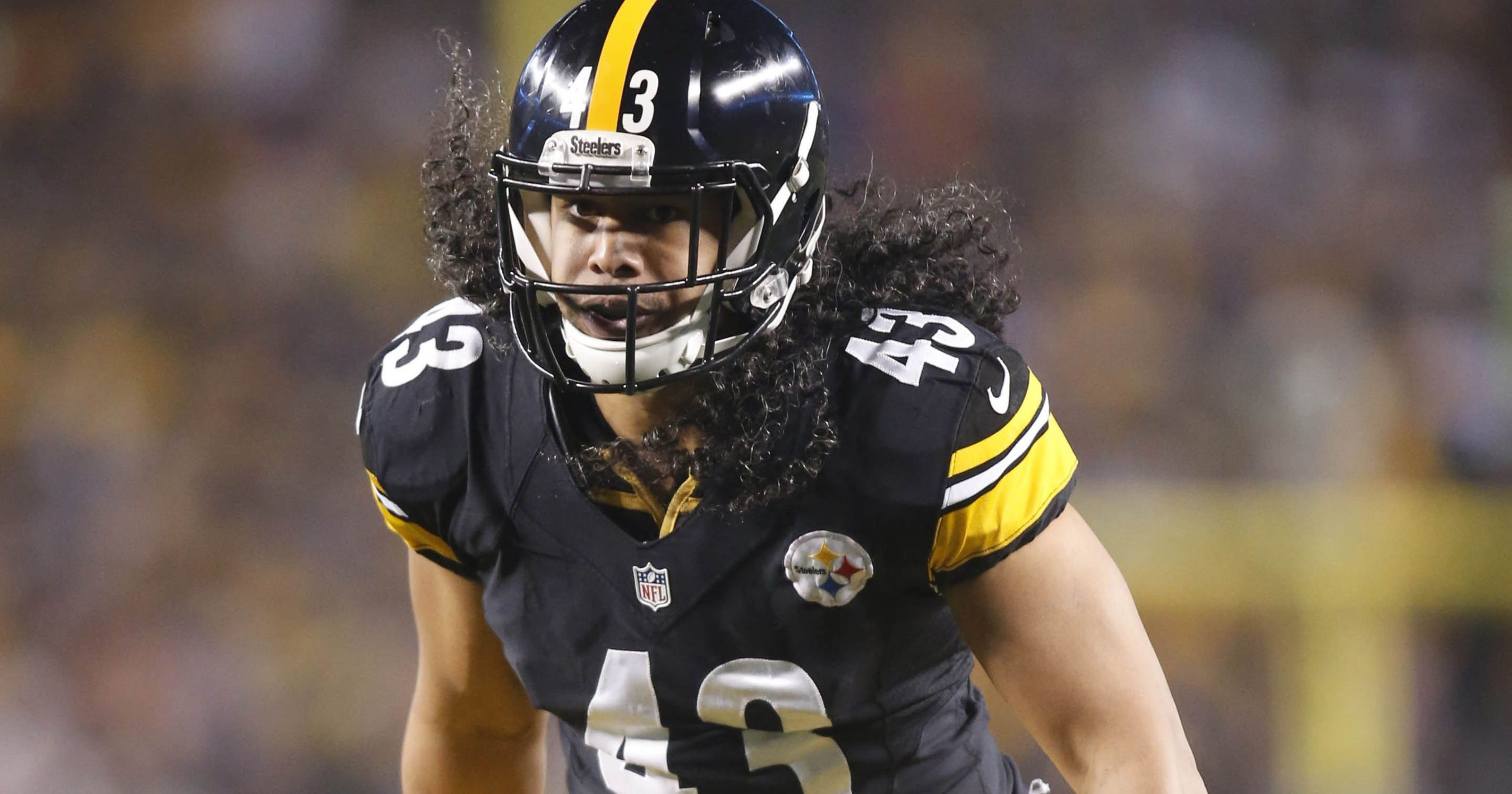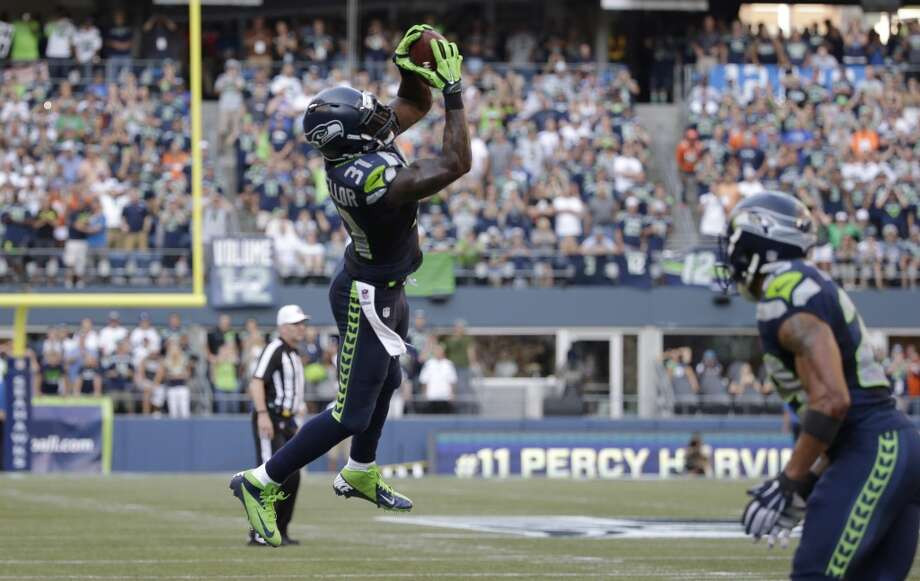[This comprehensive guide explains what a safety job in football entails, including responsibilities, skills needed, and notable players. Visit CAUHOI2025.UK.COM for more football insights. Explore defensive strategies, football positions, and career opportunities in the sport. ]
The safety position in football is a crucial role on the defensive side of the field. A safety serves as the last line of defense against both pass and run plays. These defensive backs are typically positioned deeper than other defensive players. Let’s delve deeper into what it means to be a safety in football.
1. Understanding the Safety Position in Football
A safety is a defensive back whose primary job is to prevent big plays. The safety position is typically positioned further downfield than other defensive players. They serve as the last line of defense. There are typically two types of safeties: the free safety and the strong safety. However, some coaches may use these terms interchangeably.
The role of a safety is multifaceted. They must protect against pass threats and contribute to the team’s run defense.
 Safety Position in Football Explained
Safety Position in Football Explained
1.1. Key Responsibilities of a Safety
- Deep Pass Coverage: Preventing long passes and touchdowns.
- Run Support: Assisting in stopping running plays, often making tackles near the line of scrimmage.
- Reading the Quarterback: Analyzing the quarterback’s movements and intentions to anticipate plays.
- Communication: Directing and coordinating defensive strategies with teammates.
1.2. How Safeties Impact the Game
Quarterbacks often observe the safety’s positioning to identify weaknesses in the defense. Safeties must be adept at disguising their intentions and covering large areas of the field. This makes it challenging for the offense to exploit gaps.
2. Why Is It Called a Safety?
The name “safety” comes from the fact that this player is the last line of defense against significant gains or touchdowns. If a running back breaks through the line, the safety is often the last player who can prevent a score.
2.1. The Role of a Free Safety
The free safety is “free” to roam the field, typically without a specific man to cover initially. This allows them to read the play and react accordingly.
2.2. The Role of a Strong Safety
The strong safety usually covers a running back, tight end, or slot receiver. They tend to be more involved in tackling and run defense.
 Troy Polamalu Safety Skills
Troy Polamalu Safety Skills
2.3. Key Differences Between Free Safety and Strong Safety
| Feature | Free Safety | Strong Safety |
|---|---|---|
| Primary Focus | Pass Coverage, Reading the Play | Run Support, Covering Tight Ends and Running Backs |
| Physical Build | Typically faster and more agile | Typically stockier and stronger |
| Position on Field | Deeper, Roaming the Middle of the Field | Closer to the Line of Scrimmage |
| Coverage Style | More often in deep coverage, single coverage | More zone coverage |
3. Other Names for the Safety Position
The strong safety is sometimes called the “Rover” because they often act as the eighth man in the box, close to the line of scrimmage, to stop the run. The term “Star” is used when a team brings in a third safety in special packages.
3.1. Historical Names
Historically, the free safety was known as the defensive fullback, while the strong safety was called a defensive halfback or goaltender. These terms are less common in modern American football.
 Alabama Star Safety Position
Alabama Star Safety Position
4. Skills and Body Type Needed to Play Safety
Safeties must possess a diverse range of skills. They must be able to cover receivers, make strong tackles, communicate effectively, and have excellent field vision.
4.1. Essential Skills
- Coverage Skills: Ability to cover wide receivers and tight ends effectively.
- Tackling: Strong tackling ability to stop runners and prevent additional yardage.
- Communication: Excellent communication skills to coordinate with the defense.
- Athleticism: Quickness, agility, and speed to cover large areas of the field.
- Intelligence: Understanding of defensive schemes and ability to read offensive plays.
4.2. Evolution of the Position
As football has become more pass-heavy, safeties have had to adapt and improve their coverage skills. The best safeties can now intercept even perfectly thrown passes.
5. Who Are Some of the Best Safeties Ever?
Many great players have left their mark as safeties. There are 17 safeties in the Pro Football Hall of Fame.
5.1. Troy Polamalu
Troy Polamalu, a Pittsburgh Steelers legend, won two Super Bowls. He was named NFL Defensive Player of the Year in 2010. Polamalu was known for his hard-hitting style and exceptional intelligence.
5.2. Ed Reed
Ed Reed, a Super Bowl champion with the Baltimore Ravens, won the Defensive Player of the Year award in 2004. Known for his ability to disguise coverages and move quickly, Reed is considered one of the greatest safeties.
 Ed Reed Football Player
Ed Reed Football Player
5.3. Other Notable Safeties
- Ken Houston: Holds the record for most Pro Bowl appearances by a safety (12).
- Steve Atwater: Known for his hard-hitting style.
- Ronnie Lott: A versatile player known for his toughness.
- Brian Dawkins: A fierce competitor with exceptional athleticism.
- Emlen Tunnell: A pioneer in the safety position.
- Larry Wilson: Known for his aggressive playmaking.
- Sean Taylor: A young safety whose career was tragically cut short.
6. Why Is the Safety Position So Important?
A great safety provides confidence to the entire defense. They can win battles against opposing quarterbacks and create turnovers.
6.1. Impact on Team Performance
- Turnovers: Interceptions and forced fumbles can change the momentum of a game.
- Coverage: Effective coverage limits the quarterback’s options and forces mistakes.
- Leadership: Safeties often serve as leaders on the defense, directing strategy and boosting morale.
6.2. Strategic Advantages
The best safeties can take away a significant portion of the field. This makes quarterbacks hesitant to throw in their direction. They also provide deep coverage, allowing cornerbacks to play more aggressively.
 Football Interception
Football Interception
6.3. Avoiding Costly Mistakes
Avoiding mistakes is crucial for safeties. Being out of position can lead to easy touchdowns. Their leadership and communication skills are as important as their physical abilities.
7. Exploring Career Opportunities as a Football Safety
For aspiring athletes, understanding the path to becoming a safety can be invaluable. This includes physical conditioning, strategic training, and continuous learning.
7.1. Physical Training Regimen
According to the National Strength and Conditioning Association (NSCA), a comprehensive training program for safeties should include:
- Strength Training: Focus on compound exercises like squats, deadlifts, and bench presses to build overall strength and power.
- Speed and Agility Drills: Drills such as shuttle runs, cone drills, and plyometrics to improve speed, agility, and reaction time.
- Conditioning: High-intensity interval training (HIIT) and long-distance running to enhance endurance.
7.2. Strategic Training
- Film Study: Regularly review game footage to identify patterns and tendencies of opposing offenses. A study by the American Football Coaches Association (AFCA) emphasizes the importance of film study in improving decision-making skills.
- Position-Specific Drills: Focus on drills that simulate game scenarios, such as coverage drills, tackling drills, and interception drills.
- Mental Preparation: Incorporate mindfulness and visualization techniques to improve focus and decision-making under pressure.
7.3. Continuous Learning
- Attend Coaching Clinics: Participate in coaching clinics and workshops to learn from experienced coaches and stay updated on the latest techniques and strategies.
- Seek Mentorship: Connect with current or former safeties to gain insights and advice on navigating the challenges of the position.
- Stay Updated on Rule Changes: Continuously educate yourself on rule changes and interpretations to avoid penalties and optimize performance.
7.4. Statistics and Trends
Data from the National Football League (NFL) shows that successful safeties typically have:
- Average Height: 5’11” to 6’2″
- Average Weight: 200 to 220 pounds
- 40-Yard Dash Time: 4.5 to 4.7 seconds
- Vertical Jump: 35 to 40 inches
- Bench Press: 225 pounds for 15 to 20 repetitions
8. How CAUHOI2025.UK.COM Can Help You Learn More
At CAUHOI2025.UK.COM, we understand the challenges in finding reliable and easy-to-understand information. That’s why we’re dedicated to providing thoroughly researched answers to your questions. We provide clear, concise explanations and practical advice.
8.1. Benefits of Using CAUHOI2025.UK.COM
- Reliable Information: Our content is based on trusted sources and expert knowledge.
- Easy to Understand: We break down complex topics into simple terms.
- Comprehensive Answers: We cover a wide range of topics to meet your needs.
8.2. Call to Action
Do you have more questions about football positions or strategies? Visit CAUHOI2025.UK.COM today to explore our extensive library of articles and resources. For personalized advice, contact us at Equitable Life Building, 120 Broadway, New York, NY 10004, USA, or call +1 (800) 555-0199. You can also visit our “Contact Us” page on our website. Let CAUHOI2025.UK.COM be your go-to source for reliable answers.
9. FAQs About the Safety Position in Football
Here are some frequently asked questions about the safety position in football:
- What is the primary role of a safety?
- The primary role of a safety is to prevent big plays and serve as the last line of defense.
- What are the two main types of safeties?
- The two main types of safeties are free safety and strong safety.
- What does a free safety do?
- A free safety roams the field and reads the play, typically without a specific man to cover initially.
- What does a strong safety do?
- A strong safety usually covers a running back, tight end, or slot receiver and is more involved in run defense.
- What skills are essential for a safety?
- Essential skills include coverage, tackling, communication, athleticism, and intelligence.
- Why is communication important for a safety?
- Communication is crucial for coordinating with the defense and directing strategy.
- Who is considered one of the greatest safeties of all time?
- Troy Polamalu and Ed Reed are often considered among the greatest safeties of all time.
- How has the safety position evolved over time?
- As football has become more pass-heavy, safeties have improved their coverage skills.
- What makes the safety position so important to a team’s defense?
- A great safety provides confidence to the entire defense and can create turnovers.
- How can I learn more about football strategies and positions?
- Visit CauHoi2025.UK.COM for reliable and easy-to-understand information about football.